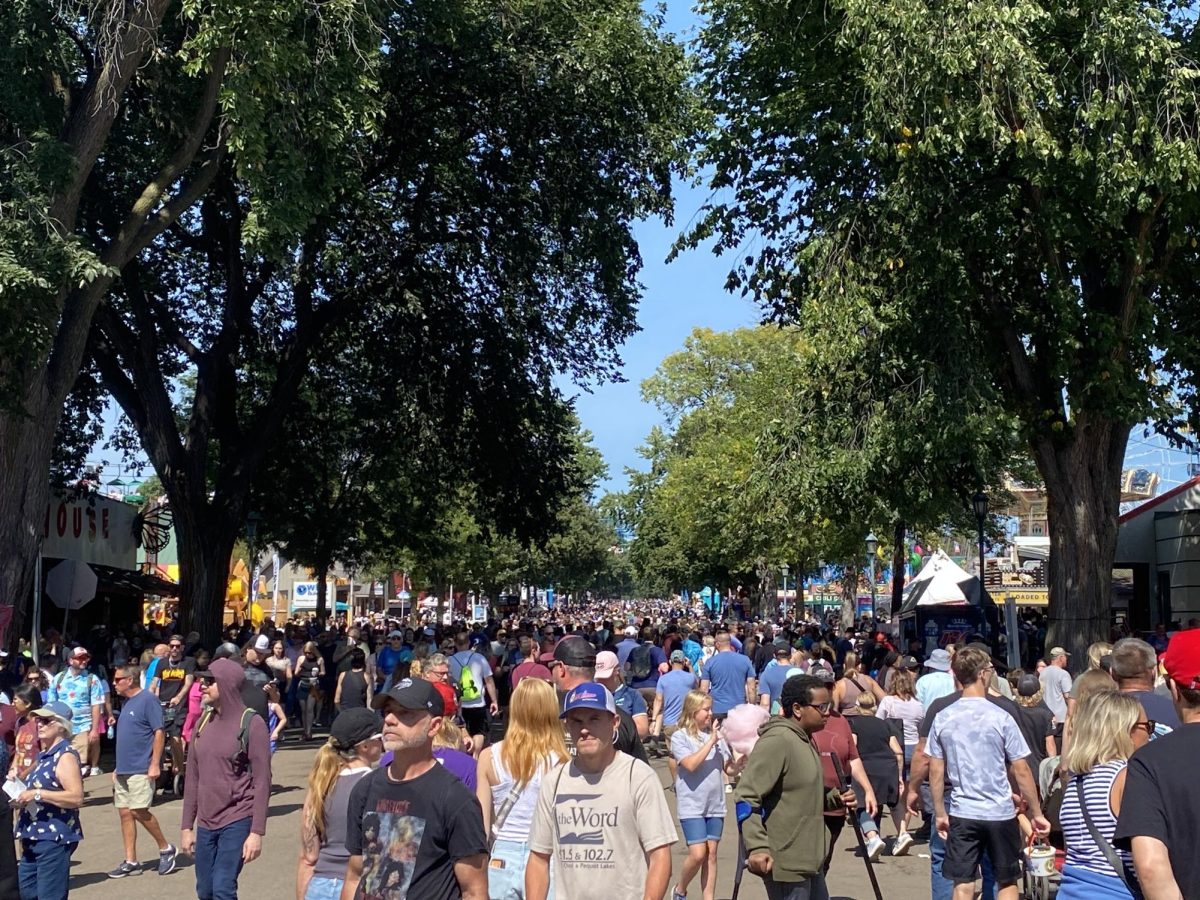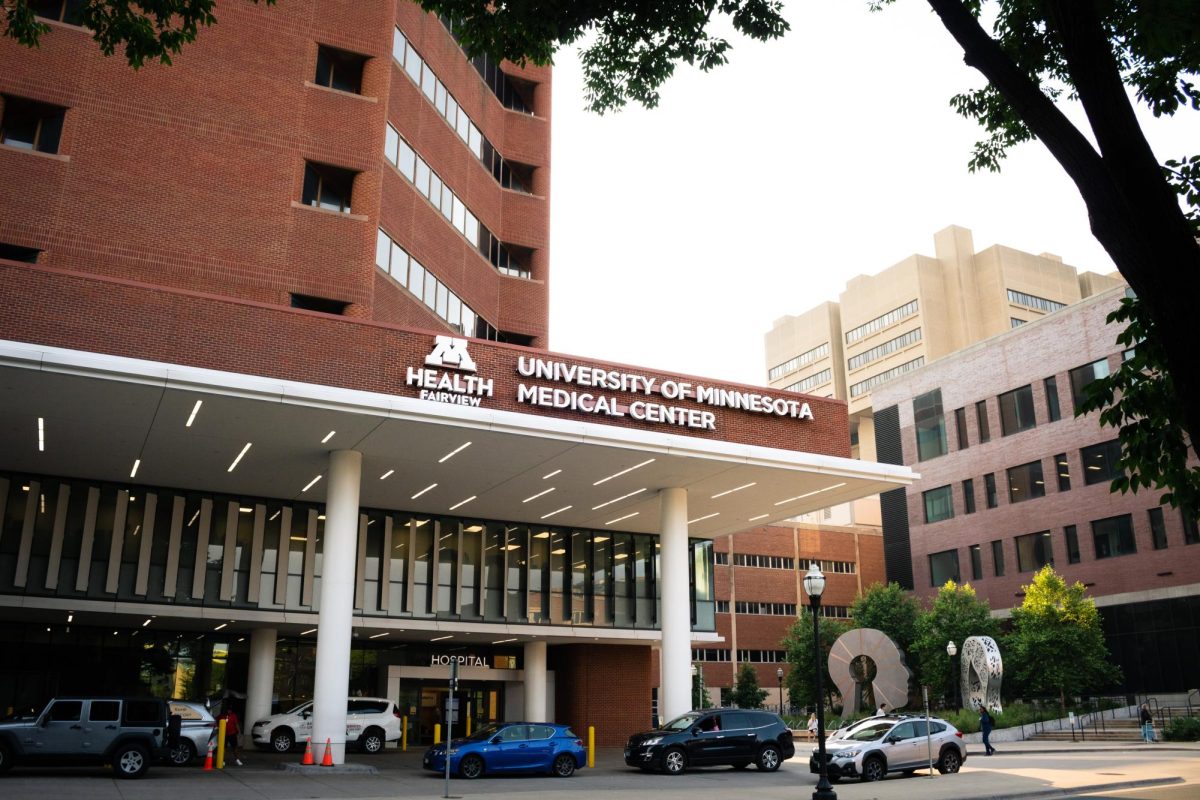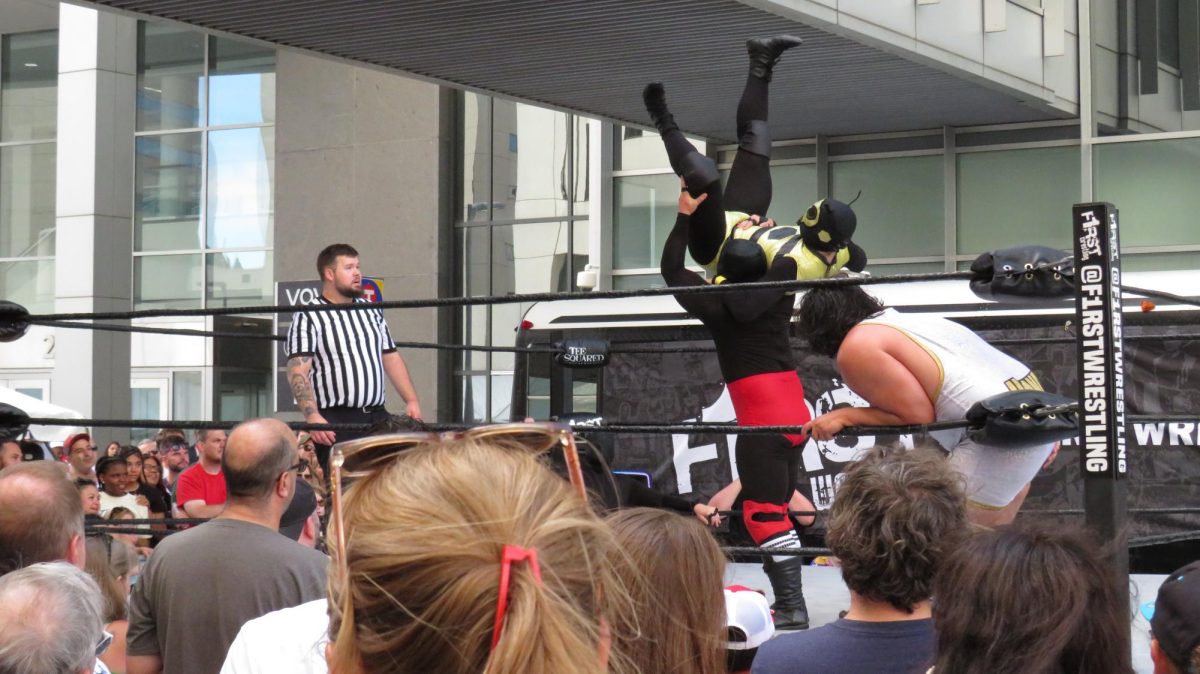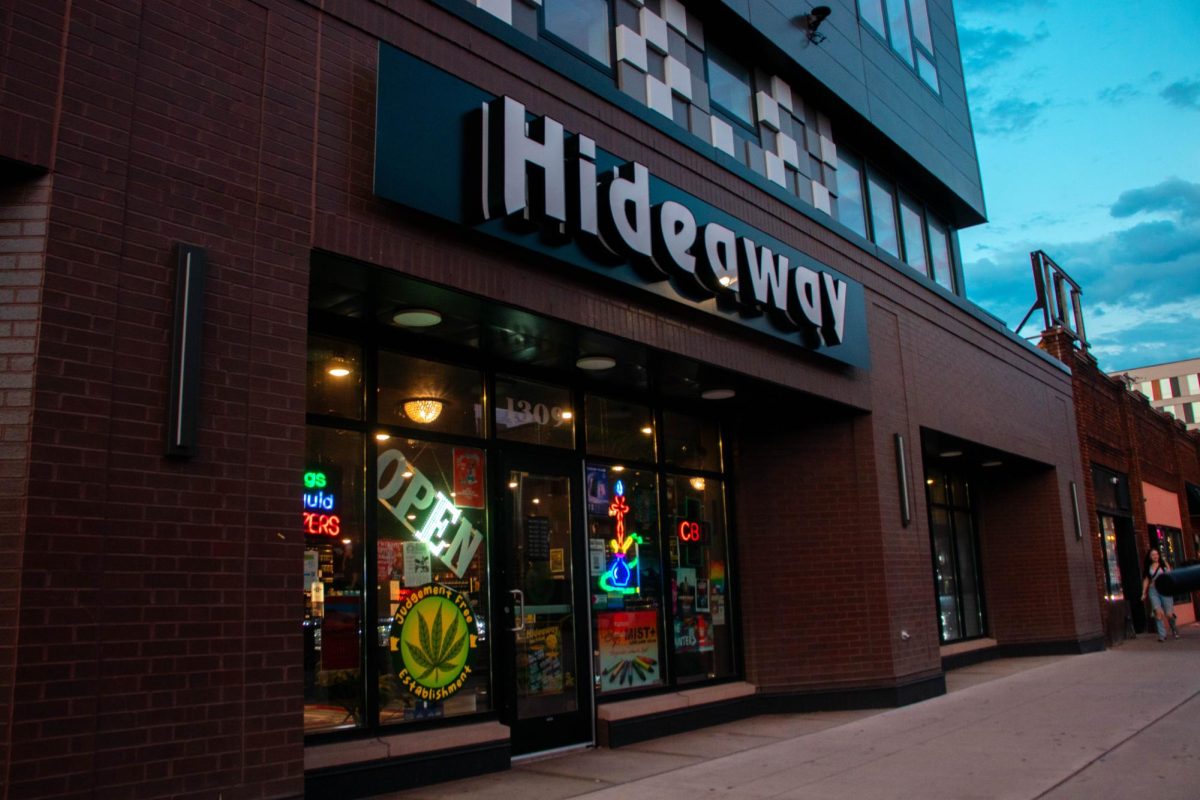Despite a rise in homicides in Minneapolis this year, overall crime is decreasing for nearly every city neighborhood. Compared to numbers over the first half of the past four years, the number of homicides from Jan. 1 to June 30 of this year has risen from an average of about 14 homicides in the last five years to 22 this year. Though the University of Minnesota campus has seen a slight decrease in crime, its surrounding neighborhoods have seen the biggest jump in violent crimes this year. The nearly 57 percent increase in homicide rates over the past five years has begun to level out. According to police data released Monday, the difference in the homicide rates citywide between 2014 and 2015 fell to about 33 percent. Since homicide rates in Minnesota are low compared to the nation, percentage peaks in crime can appear large when in reality, the number has only slightly increased, University criminal law and policy professor Michael Tonry said, adding that those peaks can sometimes come at random. The Second Precinct, which encompasses the University and its surrounding neighborhoods âÄî including Southeast Como, Prospect Park and Marcy-Holmes, among others âÄî has seen a 19 percent increase in violent crimes since last year, like rape and aggravated assault, but has seen a decrease in crime in areas like burglary and theft. Still, the precinct has the lowest total number of crimes compared to the four other precincts in the city, with about half the number of crimes than what occurs in some other parts of the city. The University campus is experiencing some of the lowest crime rates it has in years, University Police Deputy Chief Chuck Miner said. âÄúWeâÄôve seen an historical shift in crime over the past 10 to 15 years,âÄù he said. UMPDâÄôs crime statistics only include crimes that take place on University property, leaving out crimes that take place in neighboring areas, like Dinkytown, he said. But while crimes on campus havenâÄôt become more violent in nature, Miner said, they have become more publicized via crime alerts, social media and word-of-mouth. Random instances of crime are expected, Miner said, and the University generally sees rises in crimes like robbery and sexual assault in the early fall when students return to campus, because a sharp rise in the campus population attracts criminals. When these crimes have an ongoing threat to studentsâÄô safety, UMPD issues a crime alert. Immediately following an alert, the UMPD Security Monitor Program, referred to as 624-WALK, often receives an increased number of calls requesting free walks home escorted by student security personnel, program manager Justin Yarrington said. âÄúWhen a crime alert is released, there will be a spike in the number of calls we receive that night and the following,âÄù he said, âÄúbut it doesnâÄôt last long after that, which is unfortunate.âÄù Art and archaeology senior Emma Friend has been a student security monitor for two years. Friend said she doesnâÄôt feel unsafe while working her shifts, and on average, she escorts about four to six people per shift during the school year but up to 12 following an alert. âÄúObviously, your first shift is a little scary,âÄù Friend said, âÄúbut after that you get used to it, and youâÄôre well connected to UMPD with your radio.âÄù
Homicide increases in Minneapolis
The U-area still has the lowest crime rate compared to other neighborhoods.
Published July 15, 2015
0
More to Discover







